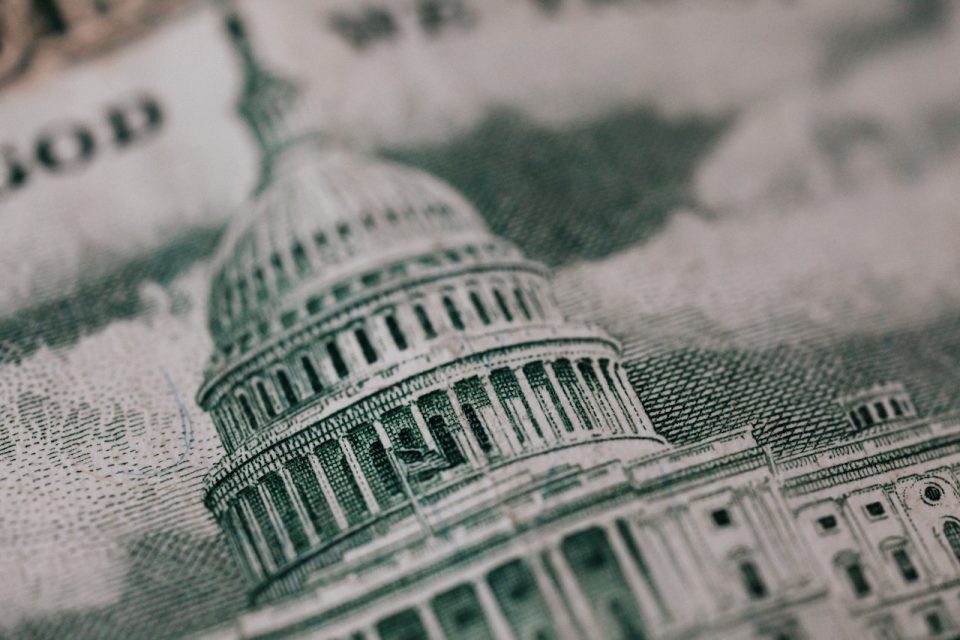Investors are eagerly anticipating the release of the July Consumer Price Index (CPI) data on Thursday, a significant factor that will shape the upcoming interest rate deliberations of the Federal Reserve. The report, scheduled for publication at 8:30 a.m. ET, is projected to unveil a headline inflation rate of 3.3%, indicating an acceleration compared to the 3% annual price gain recorded in June. These estimates are based on assessments provided by Bloomberg.
The anticipated 3.3% year-over-year increase would mark the slowest ascent in consumer prices since March 2021. Additionally, predictions suggest a 0.2% rise in consumer prices for July, mirroring the monthly increase seen in June. Analyzing the “core” perspective, which excludes the volatile costs of food and gasoline, July’s prices are expected to have risen by 0.2% compared to the previous month and by 4.7% over the previous year, in accordance with Bloomberg’s projections.
Persistently exceeding the Federal Reserve’s 2% target, inflation remains a focal concern. Coupled with a labor market that Federal Reserve Chair Jerome Powell has described as “very tight,” these factors indicate a likely trajectory towards raising interest rates later this year. However, as of Monday afternoon, market analysis indicates an approximately 85% probability that the Federal Reserve will maintain its current rates at the September 20 policy meeting, based on data from CME Group.
The central bank had increased rates by 0.25% in July after concluding an assertive rate-hiking phase in June. Economists, for the most part, envision a controlled economic transition for the United States due to the economy’s resilience. Citi Research’s Veronica Clark noted that the July CPI figures are unlikely to challenge the prevailing prediction of a soft economic landing.
Citi forecasts a slight firming in core CPI for the last month in comparison to the previous reading, pointing out that significant price drops in airline fares (which had fallen by 8.1% in June) are not expected to recur. Meanwhile, used car prices are anticipated to have declined further last month, following a 5.2% year-on-year drop in June. On the other hand, shelter prices may sustain a similar growth rate as observed in June before potentially tapering off in the forthcoming months, according to Citi’s analysis. Goldman Sachs’ Jan Hatzius anticipates that monthly core CPI inflation will likely remain within the 0.2-0.3% range in the near future due to factors like stagnant shelter inflation, reduced used car prices, and sluggish inflation in non-housing services as labor demand stabilizes.
While some economists remain cautious about the durability of economic resilience in the face of higher interest rates, Oxford Economics’ Adam Slater points out that uncertainties persist about the extent to which rate increases impact economic output. Oxford Economics foresees growth in advanced economies like the United States potentially sliding into negative territory by the end of 2023 or the beginning of 2024.
This Thursday’s release of the CPI report holds the potential to offer valuable insights into the trajectory of interest rates of the Federal Reserve in the coming year. Investors are advised to closely monitor the July CPI figures and consider their potential influence on the decision-making process of the Federal Reserve.
Source: Yahoo Finance

